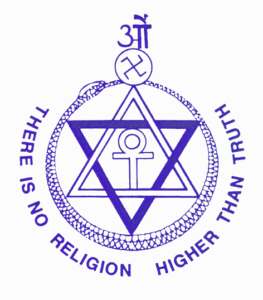Yogis, Magic and Deception – IV
“The great classic of Sanskrit literature is the Aphorisms of Patajañali. He is at least mercifully brief, and not more than ninety or ninety-five percent of what he writes can be dismissed as the ravings of a disordered mind.”
Aleister Crowley, Eight Lectures on Yoga
Given the general disdain with which physical yoga was viewed at the turn of the twentieth century, Aleister Crowley’s incorporation of yoga into Western Esotericism is all the more remarkable. (He’s also, by the way, the first western esotericist to develop practical exercises relating to the chakras.) However, in bringing elements of yoga practice into his formulation of magic, Crowley left a good deal out – including any suggestion that yoga practices could lead to the flowering of extraordinary abilities ranging from flight to being able to enter the body of another person. In fact, he seems to have been decidedly skeptical of the very idea. Continue reading »

